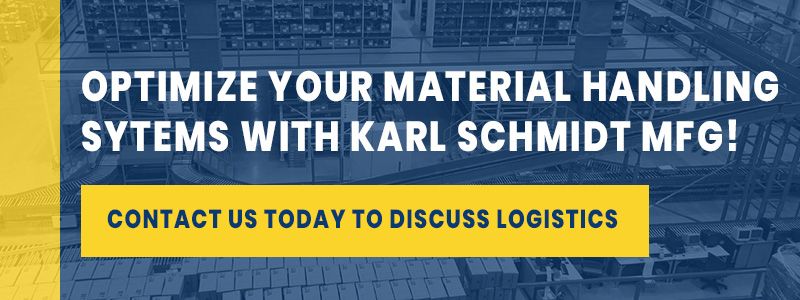In part one of our two-part blog discussions about single-stream and dual-stream recycling systems, we discussed the difference between the two systems as well as a few situational benefits in regard to using each system.
In today’s blog post, we will discuss a little more in-depth the intricacies of the single-stream and dual-stream recycling process, as well as the benefits and challenges that each recycling system might present for a commercial recycling operation.
Continue reading to learn more.
The Benefits Of Single And Dual-Stream Recycling
While both forms of recycling only differ in the sense of when the products are sorted, there are some benefits that might lead your commercial recycling operation to choose one over the other.
The Benefits Of Single-Stream Recycling
When it comes to single-stream recycling, there is one benefit that trumps all others — customer convenience. When a consumer recycles using single-stream recycling, they are actually more likely to recycle in the first place, as they don’t have to sort the materials and it is just as easy as throwing recyclables in the trash would be.

The Benefits Of Dual-Stream Recycling
While single-stream recycling is more appealing to the consumer, dual-stream recycling is considerably more appealing to the recycling operation that receives the recyclables. Because dual-stream recycling has already had the paper and cardboard separated the metal, plastic, and glass, the sorting process is much less intensive for the commercial operation and much more simple material handling systems can be used.
Challenges With Single And Dual-Stream Recyclables
While it is very clear that single-stream recycling is more appealing to the consumer and dual-stream recycling is more appealing to the recycling operations, it is not as immediately clear what drawbacks are associated with each method.
Single-Stream Challenges
While single-stream recycling is appealing to consumers, it can be a burden for recycling operations — especially when you consider contamination. One of the largest culprits of recyclable contamination is broken glass, as it becomes extremely difficult to sort and separate from the other recyclable materials. In the end, single-stream recycling tends to make the sorting process more expensive and the need for high-end material sorting systems greater.
Dual-Stream Challenges
Dual-stream recycling is a great way for recycling operations to minimize their sorting expenses. That being said, it doubles their collection expenses as there now has to be separate receptacles collected by different vehicles for the different recyclable material categories. In addition to higher collection costs, there is also an inherent risk of contamination from consumer sorting errors — meaning that extra checks and balances have to be implemented to make sure that the consumers are properly sorting the recyclables.
So What Is The Recycling Solution?
So we have covered that single-stream and dual-stream recycling both have their drawbacks. So what can you do as a commercial recycling operation to minimize your sorting costs?
At Karl Schmidt Mfg. Inc., we believe the best way to save money is to make an investment in high-quality material handling and sorting systems from our Denver-area company. Specializing in recycling systems, conveyors, fluffers, and sorters, we manufacture custom systems for operations just like yours.
So what are you waiting for? Contact us today!